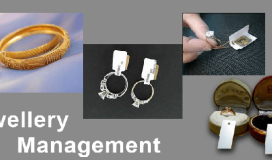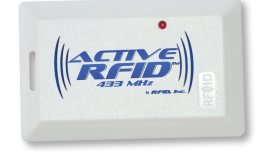Most commonly, IoT can be described as a network of technologies monitoring the state of physical objects, capturing consequential data and communicating through the IP networks to software applications. The common themes in all the definitions of Internet of Things include machine to machine communication, smart objects, radio frequency technologies and a central hub of information. The IoT requires a few necessary components to enable communication among objects and devices. The objects need to be augmented with an Auto ID technology, an RFID (Radio Frequency Identification) tag, so that the respective object is distinctively identifiable. An RFID tag allows an object to wirelessly communicate different types of information that leads to another requirement – the ability to monitor data. The smart objects are embedded with RFID tag and a sensor to measure data. The sensor so attached may capture fluctuations in surrounding temperature, quantity and such other kinds of information. The major tendencies of RFID in IoT industry can be summarized as:
Similar to the current adoption of item-level RFID for inventory visibility, the practical approach of IoT will complete change the way of thinking of various industries as it rely on multiple technologies. Industry analysts have predicted that RFID is a necessary part of IoT as well as a key enabler of this dynamic highly-connected environment. The IoT system basically involves digital signage, device management, professional & managed services, advertising, security systems, energy optimization and many more. These moving parts are connected via additional technologies including Bluetooth and Wi-Fi.
In the world of IoT, reporting data in real time, quick and interactive business decisions are quite essential. Thus, there are huge opportunities to deliver more agile and efficient supply chains. Like multi-channel retailing, RFID will enable the real-time inventory visibility required to fulfill consumer demand & automate replacement for consistency in stores and across digital platforms.
According to a study, the exact predictions regarding the exponential growth of IoT are assumed by 2020. By that time, you will live in a world with over 26 billion connected devices. There are some that go even further and predict anything from 37-50 billion intelligent things connected to the internet by 2020. Regardless of the precise figures, one thing is clear: there is a lot that can still be linked and it’s not wrong to assume that the world will probably have at least 20-35 billion interconnected devices by 2020.



